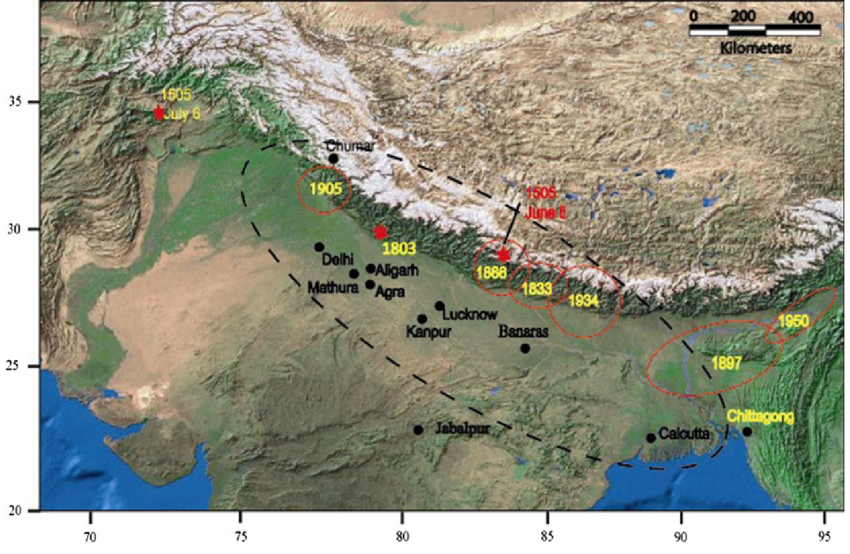When the researchers assembled their unprecedented geologic record of ocean nitrogen, they found that in the 10 million years after dinosaurs went extinct, the 15N-to-14N ratio was high, suggesting that ocean oxygen levels were low.
When the landmass that is now the Indian subcontinent slammed into Asia about 50 million years ago, the oxygen in the world’s oceans increased, altering the conditions for life, scientists say. The collision was already known to have changed the configuration of the continents, the landscape, global climate and more.
“These results are different from anything people have previously seen,” said Emma Kast, a graduate student at Princeton University in the US. Kast used microscopic seashells to create a record of ocean nitrogen over a period from 70 million years ago — shortly before the extinction of the dinosaurs — until 30 million years ago.
This record is an enormous contribution to the field of global climate studies, said John Higgins, an associate professor at Princeton. In addition to being the most abundant gas in the atmosphere, nitrogen is key to all life on Earth. Every organism on Earth requires “fixed” nitrogen — sometimes called “biologically available nitrogen.”

When the researchers assembled their unprecedented geologic record of ocean nitrogen, they found that in the 10 million years after dinosaurs went extinct, the 15N-to-14N ratio was high, suggesting that ocean oxygen levels were low. (Science Daily)
Nitrogen has two stable isotopes, 15N and 14N. In oxygen-poor waters, decomposition uses up “fixed” nitrogen. This occurs with a slight preference for the lighter nitrogen isotope, 14N, so the ocean’s 15N-to-14N ratio reflects its oxygen levels. That ratio is incorporated into tiny sea creatures called foraminifera during their lives, and then preserved in their shells when they die. By analysing their fossils researchers were able to reconstruct the 15N-to-14N ratio of the ancient ocean, and therefore identify past changes in oxygen levels.
Oxygen controls the distribution of marine organisms, with oxygen-poor waters being bad for most ocean life. Many past climate warming events caused decreases in ocean oxygen that limited the habitats of sea creatures, from microscopic plankton to the fish and whales that feed on them. Scientists trying to predict the impact of current and future global warming have warned that low levels of ocean oxygen could decimate marine ecosystems, including important fish populations.
When the researchers assembled their unprecedented geologic record of ocean nitrogen, they found that in the 10 million years after dinosaurs went extinct, the 15N-to-14N ratio was high, suggesting that ocean oxygen levels were low. They first thought that the warm climate of the time was responsible, as oxygen is less soluble in warmer water.”Contrary to our first expectations, the global climate was not the primary cause of this change in ocean oxygen and nitrogen cycling,” Kast said. The collision of India with Asia closed off an ancient sea called the Tethys, disturbing the continental shelves and their connections with the open ocean.
by PTI

